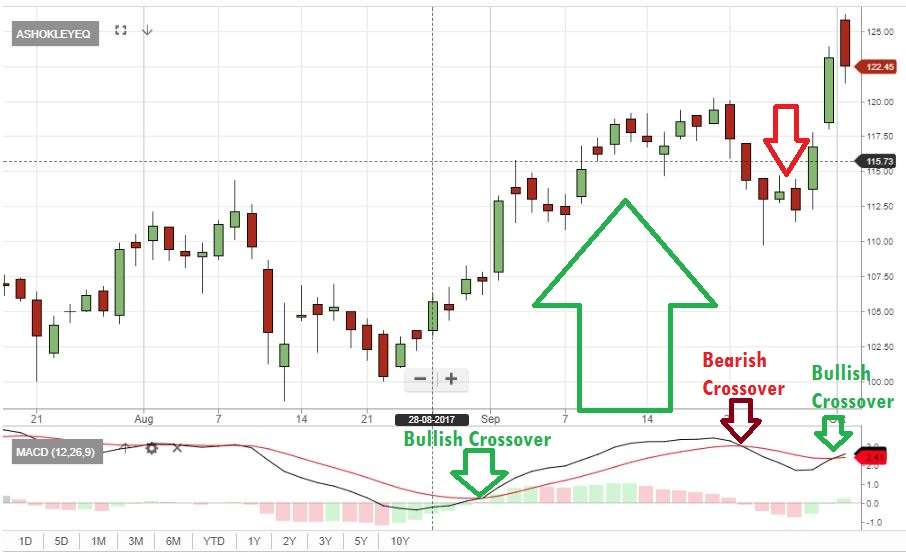
There is one other positive: this is supposedly a seasonally bullish period of the year (between Thanksgiving and the beginning of the New Year). So this is one area that has refused to join the bearish indicator onslaught. Finally, the CBOE Volatility Index term structure is mostly sloping upward too. Also, the term structure of the VIX futures slopes upward. The front-month December VIX futures have not risen above the second-month January VIX futures. The construct of volatility derivatives is the last bastion of bullish holdouts.

That is an intermediate-term sell signal which will remain in effect until either VIX or its 20-day MA crosses back below the 200-day MA. That crossover is the green circle on the accompanying chart. More ominous, though, is the fact that VIX’s 20-day moving average has crossed above the 200-day MA and VIX is also above the 200-day. Is in “spiking” mode now, which will eventually lead to a VIX “spike peak” buy signal in the near future. Implied volatility indicators have generally been the “friend” of SPX-refusing to generate anything but bullish signals for months and months. This indicator will remain negative until NYSE new highs outnumber new lows for two consecutive days. The fact that SPX is only about 4% off its highs and yet hundreds of stocks are making new 52-week lows is stark evidence that a few big-cap stocks have been covering up the problems of the “average” stock for a long time-probably since about last June. It is even worse on NASDAQ and in “stocks only” terms. NYSE new 52-week lows are dominating new 52-week highs now.

Most technicians would disagree with me on that point, but my evidence is: look what’s happened to the market since Nov. 8), that is not predictive of further gains in the stock market. We have always said that, if all the cumulative breadth indicators and SPX are making new all-time highs together (as they did on Nov. As for cumulative breadth indicators, I just want to make one point.


 0 kommentar(er)
0 kommentar(er)
